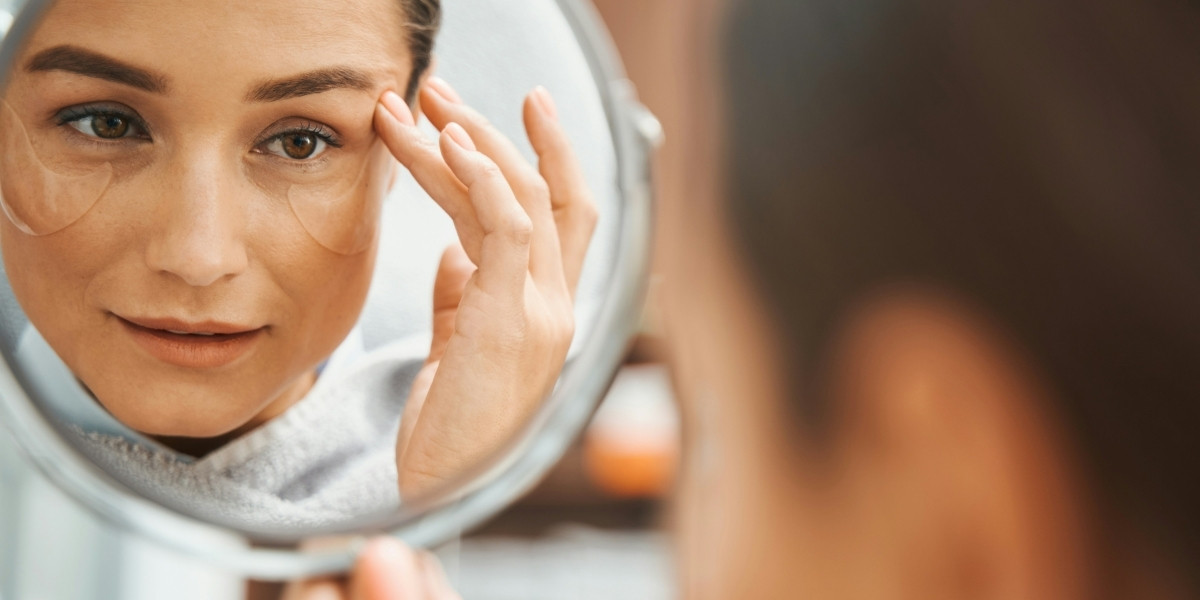At the heart of the clean beauty movement lies a growing demand for transparency from beauty brands. Consumers are increasingly interested in understanding exactly what goes into the products they slather on their skin and hair. This transparency extends beyond just knowing the ingredients; it delves into a brand’s sourcing practices, manufacturing processes, and environmental impact. As a 2020 industry report noted, “nearly three-quarters of global consumers want brands to be transparent about their social and environmental impact” [1].
This focus on transparency is fueled by concerns about the safety of certain ingredients commonly found in conventional beauty products. Parabens, sulfates, phthalates – these are just a few of the ingredients that have been linked to potential health risks, ranging from skin irritation to endocrine disruption [2]. The clean beauty movement empowers consumers to educate themselves about these potential risks and make informed choices about the products they use.
Alongside this demand for transparency, the clean beauty movement has witnessed the rise of indie beauty brands. These smaller, often digitally-native companies are challenging the status quo of the industry. Indie brands often prioritize clean formulations, using natural and organic ingredients whenever possible. They also embrace a more personal connection with their customers, fostering a sense of community and shared values.
The influx of indie brands has undoubtedly enriched the beauty landscape, offering consumers a wider array of clean beauty options. However, navigating the world of clean beauty can be tricky. Terms like “natural” and “non-toxic” are often thrown around liberally, but what do they actually mean? Here’s a breakdown of some key labeling terms:
-
Natural: There is no universally agreed-upon definition for “natural” in the beauty industry. The term generally refers to ingredients derived from nature, such as botanical extracts or plant oils. However, it’s important to remember that natural doesn’t always equate to safe. Some naturally occurring ingredients can be irritants or allergens.
-
Non-toxic: Similar to “natural,” “non-toxic” lacks a clear, regulatory definition. This term typically suggests that a product is formulated without ingredients that may be harmful to human health. However, it’s crucial to note that safety can depend on the concentration and form of an ingredient.
-
Organic: Certified organic ingredients are produced according to strict government regulations. These regulations ensure that the ingredients are grown without synthetic pesticides or fertilizers.
Understanding these terms is a crucial step towards making informed decisions within the clean beauty realm. While certifications like “USDA Organic” can offer some level of assurance, consumers should always research a brand’s ingredient lists and company values before making a purchase.
By prioritizing transparency, embracing indie brands, and understanding the nuances of clean beauty labeling, consumers can navigate this burgeoning movement with confidence. The clean beauty movement is more than just a fad; it’s a call for a more mindful approach to beauty, one that prioritizes both personal well-being and the health of the planet.





